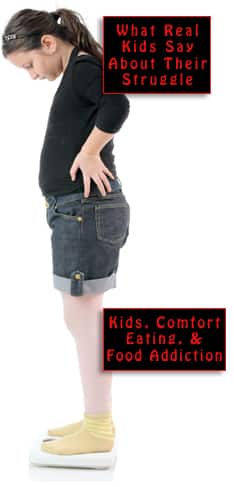
The previous post described the collaboration between Nikolaas Tinbergen and Konrad Lorenz in the 1930s, followed by the publication in 1942 of Tinbergen’s “An Objectivistic Study of the Innate Behaviour of Animals,” in which his hierarchical model of instinctive action was explained. His landmark work, The Study of Instinct, was published in 1951. It discussed the experiments he and Lorenz had conducted, in which birds were tricked into believing that they were threatened by aerial predators, and from which he had drawn general conclusions about bird behavior.
It seemed very clear that an escape response is instinctive, and that a fake silhouette of a raptor could trigger it. However, later students who tried to duplicate the experiments were unable to achieve the same results. The Study of Instinct also inspired other objections. A later writer, Colin Beer, said of it:
The book offered a conception of instinct as a built-in motivational system analogous to a hydraulic mechanism. The assumption of innateness and the lack of physiological credibility of the instinct model met with adverse criticism, which Tinbergen conceded to a large extent.
Actually, the psycho-hydraulic reservoir model was more of a Lorenz concept which, says Prof. Sindhu Radhakrishna, came to be critiqued over the years — as did Tinbergen’s hierarchical theory (or “system of centres” as it was also known). In what appears to be a student paper, Mercia Keslley explained both:
Lorenz postulated that for each instinctive act there is a specific energy which builds up in a reservoir in the brain […] with a spring valve at its base that an appropriate stimulus could act on, much like a weight on a scale pan pulling against a spring and releasing the reservoir of energy, an action which would lead an animal to express the desired behavior.
Tinbergen added complexity to this model… He suggested that motivational impulses build up in nervous centres in the brain which are held in check by blocks. The blocks are removed by an innate releasing mechanism that allows the energy to flow to the next centre […] in a cascade until the behavior is expressed.
Shortly after the publication of The Study of Instinct, comparative psychologist Daniel Lehrman severely criticized both Lorenz and Tinbergen. He did not believe in simple innate behavior, or the idea that a single cause for similar behavior patterns existed across species. Nor was he on board with underlying neurophysiological mechanisms, “which in any case were likely to be different between species.” Encyclopedist Hans Kruuk noted,
Tinbergen agreed with many of Lehrman’s points, especially with the criticism that ethology made a clear distinction between innate and learned behavior (nature/nurture), and Tinbergen agreed that there had been much oversimplification.
The encyclopedia entry also noted that, “In general, the ideas of both Lorenz and Tinbergen about causation of behavior have largely been discarded,” and said of Tinbergen that…
[M]any of his studies had failings that would not have passed a present-day reviewer… Some of the celebrated simplicity of the experiments caused flaws, among others because in the absence of blind tests there often was a subjective influence of the observer. But Tinbergen encouraged such critical rejection.
This history is being traced here because it encompasses some of the basic ideas that underlie Dr. Pretlow’s current project, “Reconceptualization of eating addiction and obesity as displacement behavior and a possible treatment,” as published in the journal Eating and Weight Disorders — Studies on Anorexia, Bulimia and Obesity.
Your responses and feedback are welcome!
Source: “Niko Tinbergen and questions of instinct,” ScienceDirect.com, August 2019
Source: “Nikolaas Tinbergen, the Careful Scientist,” AC.in, August 2018
Source: “Tinbergen,” Academia.edu, 2015
Source: “Tinbergen, Nikolaas (Niko),” Encyclopedia.com, 06/27/18
Source: “Reconceptualization of eating addiction and obesity as displacement behavior and a possible treatment,” Springer.com, 06/22/22
Image by Jitze Couperus/CC BY 2.0

 FAQs and Media Requests:
FAQs and Media Requests: 











